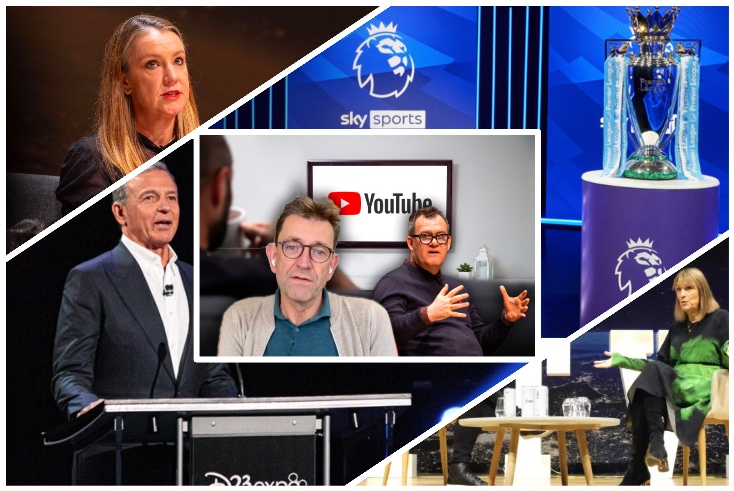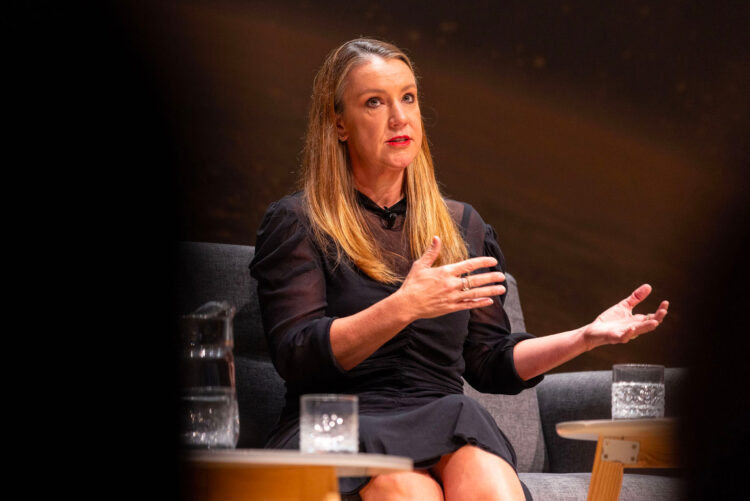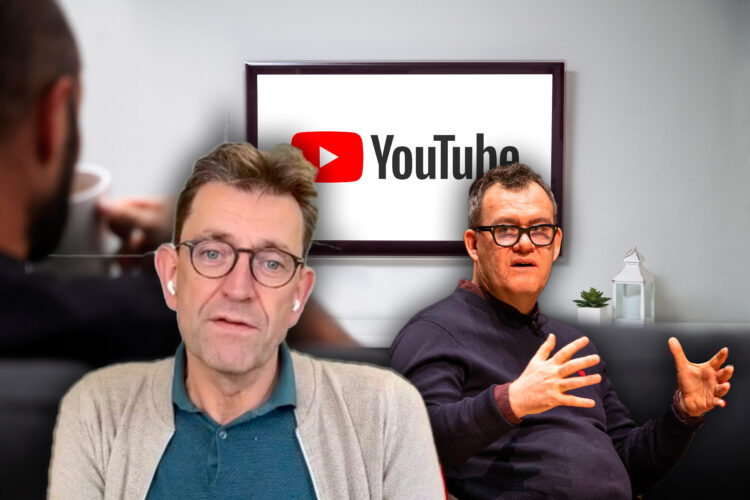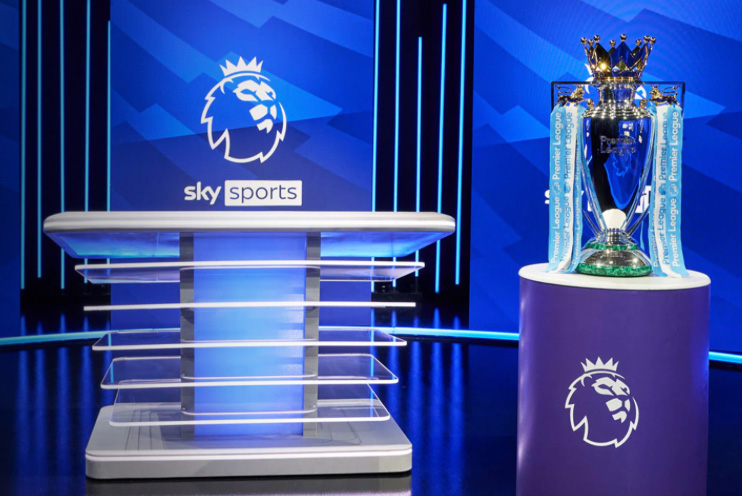TV in 2023: ad-funded streaming wars, U-shaped trading, and building bridges

2023 in Review
The TV industry had to raise its game in 2023, both in the UK and globally.
In what was described as the “worst recession since the [2008] financial crash” by the CEOs of ITV and Channel 4, broadcasters and streamers spent much of 2023 pivoting strategy or launching things.
For the UK’s big three commercial broadcasters, it was a case of giving advertisers better proof that TV still works well in a world where linear audiences are declining, while developing new opportunities in the rapidly changing frontier of video-on-demand (VOD).
For the global streaming platforms, we saw increasingly more aggressive pricing strategies rolled out as the boom in subscriptions appeared to plateau in developed markets, and a fair amount of work being done to make advertising-funded tiers more attractive.
Indeed, 2023 was the year in which SVOD become SAVOD (subscription + advertising VOD), according to Nicola Westwood, head of AV planning at media agency UM.

Netflix: global sales chief Jeremi Gorman exited in October
“SVOD programming measured by BARB (Techedge-as-viewed) is now comparable in viewing to top linear TV commercial programmes,” Westwood tells The Media Leader, before pointing out that Netflix original movie Luther: The Fallen Sun starring Idris Elba, would have knocked The Bay on ITV to outside the top-five commercial programmes for the month of March.
“Netflix has continued to increase their scale and offering, Disney+ (finally) launched their ad-supported tier in November, and in between all of this, Amazon Prime announced they would be adding advertising from early-2024 to all of their Prime customers in an opt-out model,” Westwood adds.
Effectiveness and trading in the spotlight
While some of the revenue numbers for TV were, to use a journalistic cliché, ‘eye-watering’, it’s been a tough year for the whole advertising industry, as our annual reviews of audio, out-of-home and publishing have shown.
Yes, the whole industry has been challenged by a tough economic environment of rising interest rates, persistently high inflation, and patchy consumer confidence indicators. But 2023 was also a year in which assumptions about TV effectiveness were subject to challenge, too.
How else to explain a popular observation that “a £700 Christmas ad about a pub managed to capture the mood of the nation better than some of the UK’s biggest advertisers”?

Barb’s CEO Justin Sampson (left): the TV measurement company and YouTube’s Phil Miles clashed over measurement standards
Nick Wright, chief growth officer at agency group Havas Media Network UK, said the example of Charlie Bar in Eniskillen should make brands question why “big ads” on telly at Christmas time appear to have fallen flat.
“Should they really be pinning all their hopes on one moment, or thinking about how they engage across a number of branded episodes that better represent the genuine pulse of the nation?” Wright asks.
And yet, broadcasters should “be careful what they wish for”, according to effectiveness guru Peter Field, who warned TV companies not to chase performance marketing budgets with, in his view, low-attention and low-impact ads that, over time, will cause the sector’s value to decline.
As it transpired, major media buyers increasingly talked about the sector having a “U shape” this year; after a stronger-than-expected first quarter of advertising activity was followed by a “pretty dismal spring and summer”, according to one agency group’s head of investment. Of course, we still don’t know what the all-important fourth quarter numbers are; TV trading performance has become generally harder to forecast because more “late money” comes into the market now that penalties are lower for last-minute ad buys and there is more digital inventory to buy.
Pressure on audiences intensifies
While both broadcasters and the streaming giants were keen to talk about growing numbers of subscribers and hours streamed, the linear leakage remains a primary concern.
It’s not just a numbers game: it’s about TV’s ability to continue hitting the heights of impacting a nation’s culture through big, shared experiences that “telly” has made us take for granted for decades.

ITV’s content chief Kevin Lygo had a special salute for Nigel Farage at ITV’s annual upfronts show
Alistair Hornsby, planning director at Craft Media, points to the 2023 Ofcom Media Nations report as his moment of the year for TV. Broadcast TV’s weekly audience reach suffered the steepest annual decline since records began, with older audiences’ daily viewing falling at the fastest rate ever, Ofcom’s yearly report into UK media habits revealed.
“It’s another step in the decline of the channel’s ability to reach all types of people together in one viewing moment. As the content on offer becomes more varied (whether in TV or via streaming), so does audience attention.”
Building for the future
But, as Thinkbox chair Lindsey Clay once put so aptly: “TV isn’t dead… it’s having babies”.
2023 was a year of things happening in the background which may not have caused a splash, but will likely be highly consequential, whether it’s the joint broadcaster initiative C-Flight, which was being trialled by major agencies groups, Isba’s advertiser-funded cross-media measurement initiative Origin, or the announcement that free-to-air TV service Freeview is launching an internet-only version, Freely, next year.
As for products, there were a flurry of announcements from ITV, Sky and Channel 4 about new formats, products, tools and insights about their respective VOD platforms, while Channel 5 owner Paramount announced plans to scrap My5 as a standalone service and merge it with FAST service PlutoTV.

Sky: won another five years of exclusive, live Premier League coverage, along with TNT Sports
We also saw glimpses into future of sports broadcasting, with AppleTV+ going big on Major League Soccer, Netflix dipping its toe in the water with golf, and Amazon Prime Video launching live coverage of NFL in the US. It almost felt retro to see the Premier League award Sky the bulk of its live football coverage for another few years (with more games for not much more money, no less), along with TNT Sports (rebranded this year from BT Sport following a tie-up with Warner Bros Discovery).
So, lots happened in TV advertising in 2023. But, to use another well-worn advertising cliché, “watch this space” as next year could be truly transformational as this medium evolves into a digital-first channel once and for all.
The stories that mattered in 2023
Disney’s new content strategy: growing ‘quality’ subscribers
‘Streamers will be worst hit’: How the US writers’ strike impacts UK TV and cinema
Ofcom: let ITV and C4 run more ads to compete with streaming giants
Viaplay CEO resigns amid ‘rapid deterioration’ in TV and radio markets
Broadcast TV’s decline worsens in UK as streaming subscribers fall too
Sky Media launches ad targeting against viewers’ search behaviour
Palooza review: ITV puts commercial ‘pole position’ in tough market
Paramount set to merge My5 and Pluto in UK streaming shakeup
Sky Media aims dynamic optimisation tool at performance advertisers
CFlight takes ‘big step forward’ as broadcasters test trading audiences
ITV CEO McCall: No sponsor complaints about Farage on ‘I’m a Celeb…’
C4 to launch new streaming formats and consider lighter ad loads




